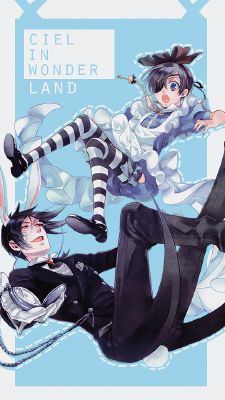

The part with the mad tea-party is one of the best examples of this. Perhaps it is an escape into literature he hints at. Lewis Carroll describes the fall into the rabbit-hole as very long and he mentions bookshelves on the sides of the hole. She hasn’t got any help at all from home or the world outside of Wonderland. All the time, Alice finds herself confronted in different situations involving various different and curious animals being all alone. The underlying story, the one about a girl maturing away from home in what seems to be a world ruled by chaos and nonsense, is quite a frightening one. From the looks of it, the story about Alice falling through a rabbit-hole and finding herself in a silly and nonsense world, is fairly guileless as a tale. They also consider it being a tale of the “variations on the debate of gender” and that it’s “continually astonishing us with its modernity”. Many people have seen Alice’s Adventures in Wonderland as a prime example of the limit-breaking book from the old tradition illuminating the new one. It could, of course, having in mind the fact that he was a cleric, be the Christian Trinity or something completely different. The ever-occurring number of three points out Dodgson always having in mind the three girls he tells the story to. This, it is said, was the inspiration to the second chapter of the book, The Pool of Tears. On one of these excursions it started raining heavily and they all became soaked.

It is said that he used to row out on picnics with the Liddell girls and tell them stories. The part considering rowing on happy summer days was derived directly from reality. In the introductory poem to the tale, there are clear indications to the three, there named Prima, Secunda and Tertia - Latin for first, second and third respectively in feminized forms. It is very obvious in the story that it was written for the three Liddell girls, of whom Alice was the closest to Dodgson.

It is important to bear in mind that Alice’s Adventures in Wonderland, however special it may seem and however many different interpretations one thinks one can find, is, after all, but a story written to entertain Charles Dodgson’s favourite child-friends. Reproduced with permission from the author.

HII, Katedralskolan, Uppsala, Sweden, March 1997. The following text is a small part of a project from: An Analysis of Alice’s Adventures in Wonderland


 0 kommentar(er)
0 kommentar(er)
